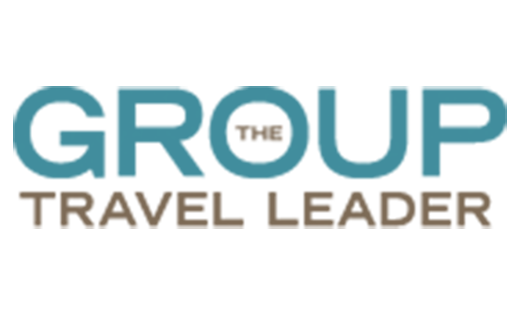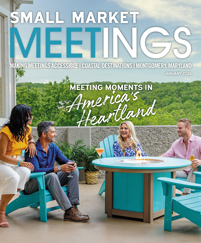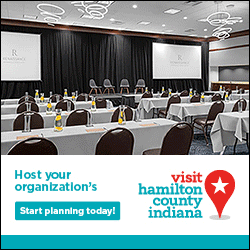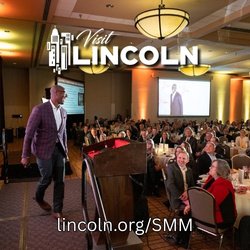Face masks have become a part of daily life, and that includes meetings. Until a vaccine for the novel coronavirus is available and a good number of people are vaccinated, masks, combined with frequent hand-washing and social distancing, are all we’ve got to prevent the spread of the respiratory virus.
Taking a proactive approach to wearing masks reduces the possibility that your in-person meeting or gathering will become the source of an outbreak. But because few of us, save health care pros, are used to wearing masks, it can feel a bit odd and uncomfortable. Over time, masks have become more ingrained, but still, we all need nudges, reminders and positive reinforcement.
We all hope that when the pandemic ends, we’ll be able to put our masks away and dispatch with social distancing. In the meantime, here are some ideas about how to make masks a social norm at your events.
We look forward to seeing you, in a mask.
From the start, conference messaging, from emails and mailings to social media and videos, can communicate mask requirements. In most cases, you’ll be adhering to another entity’s mandate, such as a mask requirement set by the city or the state where your meeting is being held. As of August, the country’s largest 100 cities were either under a state mandate or had their own, and 34 states had mask requirements. Many venues, especially meeting facilities, will have their own safety guidelines. Learn about the required mandates in your meeting location, then relay that information to attendees so norms are clearly established at the outset. And there is no reason that you can’t add some fun to it. A quick video of staff or your board wearing their favorite masks can be a way of saying, “We look forward to seeing you.” A cleverly illustrated email could show items to pack — toothbrush, underwear, hand sanitizer and a couple of face masks — to make the point that a face mask is like wearing underwear: You need to wear a clean one every day.
Signs, signs, everywhere signs.
It might seem silly to have signs posted about the importance of wearing a mask and washing hands, but we all need reminders, and repetition can help us develop healthy habits. Think about how well that worked with the antismoking campaign. A number of organizations have created free online resources for organizations like yours to use to promote masks. The American Hospital Association’s #MaskUp campaign — aha.org/wearamask — offers downloadable graphics like signs, tweets and public service announcements. You can use these in your meeting space as well as in conference materials. The Centers for Disease Control and Prevention has a COVID-19 toolkit with videos, public service announcements, checklists and social media messages on its website: cdc.gov. Some states and cities also offer online resources. California’s mask campaign includes social media content in multiple languages. Zenefits.org, a private company that supplies information to small businesses, has free 8.5-by-11-inch mask reminder signs free to download on its website.
Be a good model.
Modeling is elementary to human development: Children model their parents; teens model their idols; and as adults, we tend to model those around us, especially those we view as our leaders and admired peers. When the company CEO or the nonprofit’s executive director stands before an audience and wears a mask, it reinforces the value and importance of everyone’s doing the same. A quick Zoom discussion with board and staff before the meeting or conference can drive home the point they need to adhere to mask protocol so attendees will be compelled to do the same.
Forgot your mask? No worries, we gotcha.
Undoubtedly, some attendees will arrive without masks, and that opens the door to opportunity. Instead of the usual swag, present everyone with a COVID-19 safety bundle: a mask, hand sanitizer and a package of tissues. Add a label that points out that masks and hand sanitizing are proven to slow the virus’s spread. You can also make these masks a plug for your company or association. Crestline, Vistaprint and many other companies, online and off, can produce personalized face masks, adding a company slogan or logo to a plain fabric mask in your corporate color. Vistaprint has an online system that allows you to provide a design or have them create a design for you. Another option is to have a mask design competition for art students and award prizes, like small scholarships or online courses, to the winner. Or have your employees’ children create a design based on what they think their parent does at work. At the least, have a supply of disposable three-ply masks on hand to give to those without a mask. Purchased in packages of 50 or more from national retailers like Office Depot, they cost about 30 cents apiece.
Monitor and kindly remind.
Until masks become more the norm, it’s wise to have staff cruise hallways and meeting rooms, gently reminding people to pull their masks up over their nose or point out that masks left dangling on an ear or around a neck aren’t protecting anyone. The best approaches are those that don’t make people feel defensive or ostracized, so avoid demanding or condemning tones and words. Instead of “should,” try “please don’t forget to…” or “could I remind you to…” or “thank you for … .” There may be a few people who have legitimate reasons for not wearing masks; it will be up to your leadership to decide how to determine legitimacy and address these cases. Most medical professionals agree there are few health risks in wearing a mask, which is one reason some airlines now make no exceptions to the mask-wearing rule.












